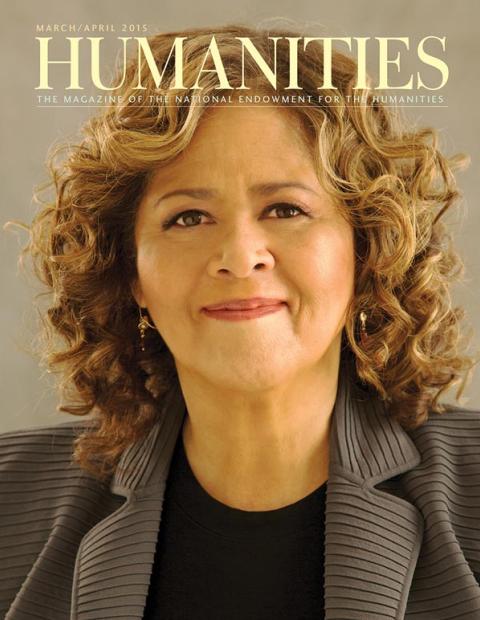Deane Keller was forty-two years old in 1943 and handier with a paintbrush than a gun, but still he was determined to serve his country. As it turned out, this Yale University art professor had skills the Allies badly needed: He knew Italy, its geography and language, and he was intimately familiar with its artistic treasures. To appreciate the vital role Keller would play in saving Italy’s cultural heritage, one has only to visit the exhibition “An Artist at War: Deane Keller, New Haven’s Monuments Man” currently on display at the New Haven Museum, supported by Connecticut Humanities.
“Perhaps for the first time in history,” Keller later wrote, “there were men whose sole job it was to preserve the heritage and culture of nations being torn to shreds by the ravages of war.” Known formally as the “Monuments, Fine Arts, and Archives” program, but remembered today as the “Monuments Men,” this select group of 345 men and women from thirteen countries was called to protect cultural treasures and rescue artworks stolen by Nazi Germany as the Allied Armies invaded Europe. George Clooney’s 2014 movie, The Monuments Men, celebrated the northern European activities of the group; equally dramatic but less well known are the exploits of the Monuments Men in Italy, where Keller was a leading figure.
Born and raised in New Haven, Keller had studied at the Art Students League in New York and at Yale before winning a three-year fellowship at the American Academy in Rome in 1926. When not working in his studio at the Academy, Keller traveled throughout the Italian peninsula, familiarizing himself with its great works of public and private art; in the process he became fluent in Italian and developed an abiding love for the Italian people. When it became clear that Italy would become a battlefield, Keller (by then an art professor at Yale) knew that he had to be there.
He was an unlikely soldier. In addition to his age, Keller was short and nearsighted, a family man with a wife and a three-year-old son whom he adored. In fact, it was his affection for his son that prompted some of the exhibition’s most evocative items: the cartoons of his daily activities that Keller sent home via V-Mail. Conditions were primitive—one cartoon shows Keller bathing out of a pair of army helmets—as Keller followed the front line of the Fifth Army, which was fighting its way north from Sicily. He later calculated that in his three years with the armed forces, he traveled some sixty thousand miles in his jeep, often in circumstances of considerable peril. “How does one feel,” Keller wrote to his wife, “when the bombs are crashing all around? I PRAYED I tell you and I was trembling like a damned leaf.”
It was in Pisa that Keller had his finest hour. Allied bombing had burned the roof off the Gothic cloisters that surround the Camposanto Monumentale, the city’s medieval cemetery, severely damaging the fourteenth- and fifteenth-century frescoes in the process. Calling on the help of U.S. Army engineers and Italian military personnel, Keller erected a temporary roof, protecting the remaining frescoes and fragments from the weather, setting the stage for their eventual restoration.
The restoration was of a different sort in Florence, where Keller supervised the return of thirteen railroad freight cars full of stolen art recovered near the Austrian border. A citywide celebration greeted the artworks’ return (then valued at $500 million). Hard as it is to imagine Florence shorn of its cultural heritage, such might have been the case without the efforts of Keller and his fellow Monuments Men.
Returning to the United States with the rank of major, Keller found peacetime bittersweet. Even as he established a thriving career as a portraitist (he ultimately painted more than five hundred such works, two of which are on display at the museum), he was increasingly sidelined at Yale. Abstract art became the focus of Keller’s department, and his love of the classical and devotion to figural representation made him more and more the outsider, so that eventually he was forbidden to teach the department’s graduate students.
Yet, notes exhibition curator Laura Macaluso, Keller’s experiences and expertise are very relevant today. With war raging back and forth across the Middle East, cultural assets are being destroyed and archaeological sites looted. Deane Keller understood how a people’s sense of identity is bound up with its cultural heritage; he fought not just for his country but for all peoples’ right to that inheritance.

